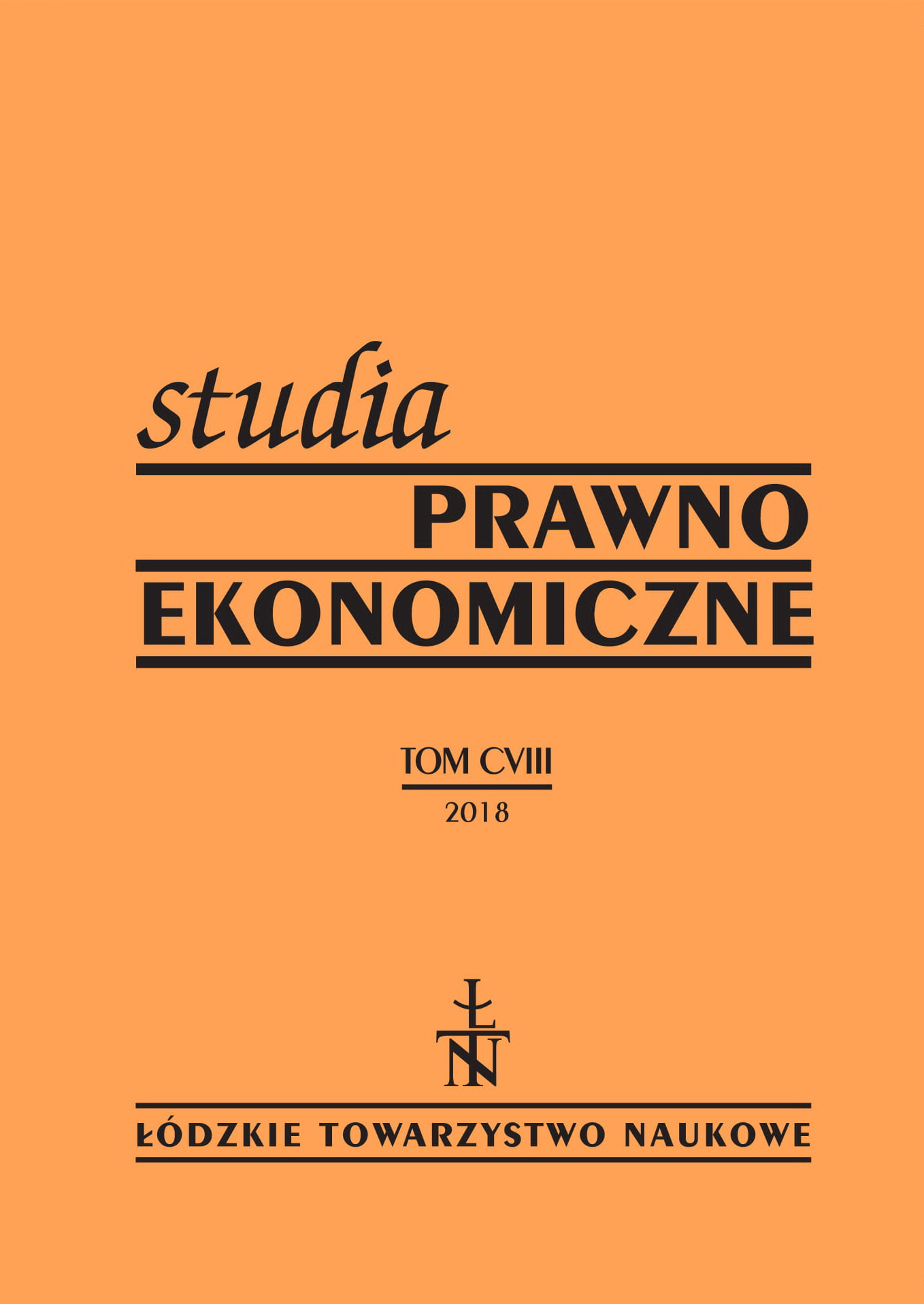Demographic determinants of the Economic Growth in Chosen Central European Countries
DOI:
https://doi.org/10.26485/SPE/2018/108/9Keywords:
Solow model, growth rate paths, capital growth paths, labor activity indexAbstract
The aim of the paper was to develop a neoclassical Solow economic growth model. Thanks to the exclusion of the assumption of the fixed growth rate of the labor force, the authors conducted simulations for the Czech, Polish, Hungarian, and Slovak economies. The authors assumed that the growth path of the labor force equals the population multiplied by the labor activity index (defined as the number of employees divided by the population). Additionally, the growth rate of the labor force has an asymptotic shape towards the fixed value, which is contrary to the pure Solow model, where this rate increases to infinity.
In the empirical part of the paper, the calibration of model parameters and numeric simulation was conducted. This simulation was done in the period 2000-2050. The data were taken from the Eurostat database. The numeric simulation made it possible to create an economic growth path concerning the different investment rates.







